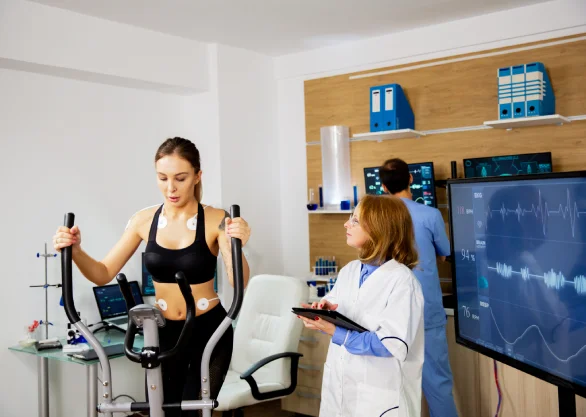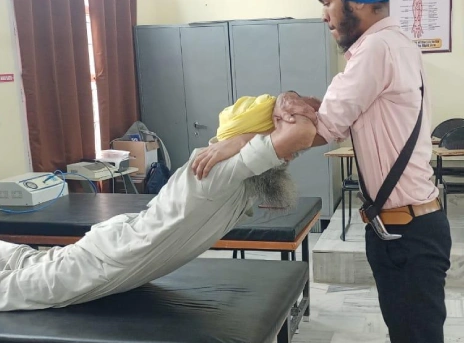Department of
No of classrooms - 08
| Room No | Semester | Type |
|---|---|---|
| 102 | 7th Sem | Classroom |
| 104 | 5th (A) Sem | Classroom |
| 203 | 5th (B) Sem | Classroom |
| 302 | 3rd (A) Sem | Classroom |
| 301 | 3rd (B) Sem | Classroom |
| 304 | 3rd (C) Sem | Classroom |
| 201 | 1st (A) Sem | Classroom |
| 202 | 1st (B) Sem | Classroom |
| Smart Classrooms | 2 | |
| Seminar Hall | 1 | |
Laboratories & lab facilities
This lab is equipped with advanced machines that use electrical currents, sound waves, or light for therapeutic purposes.
This is a dedicated space for practical learning and application of therapeutic exercises.

Though not directly for physiotherapy treatment, an anatomy lab is fundamental for physiotherapy education, providing a deep understanding of the human body's structure.
Similar to anatomy, a physiology lab provides the foundational understanding of how the body functions, which is crucial for physiotherapists.
A computer lab serves as a vital research facility supporting a wide range of academic and scientific activities. These labs provide researchers, students, and faculty with access to advanced computing resources, internet necessary for data analysis, research.


